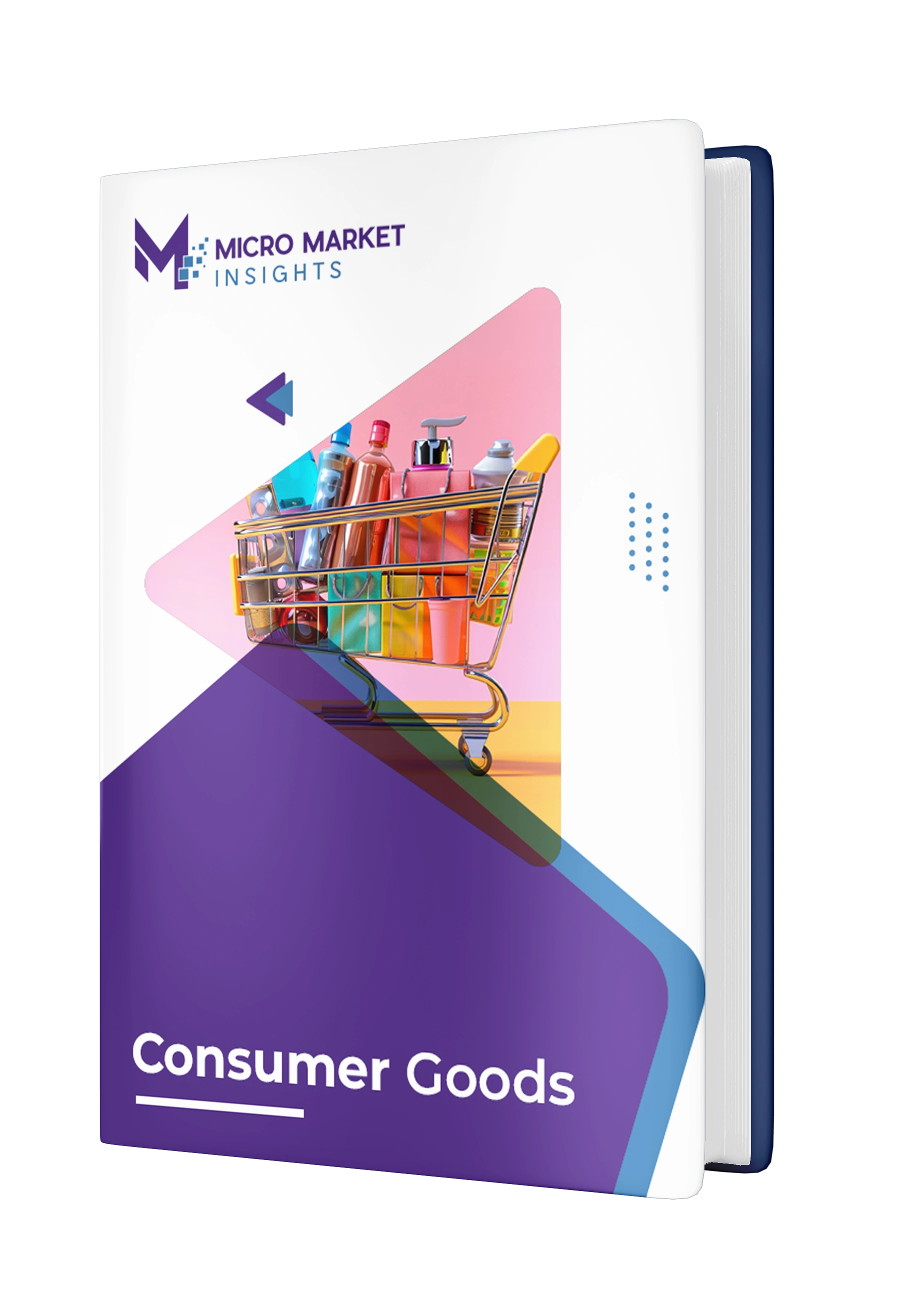Stay informed with the latest market research insights and news updates.
The consumer goods industry is a dynamic and ever-evolving sector, driven by various market forces, technological innovations, and changing consumer preferences. Companies that want to stay ahead must understand the key driving factors, emerging opportunities, and potential applications in this industry. In this detailed article, we will explore the essential elements shaping the consumer goods market, future trends, and sector applications, with insights from Micro Market Insights.
The rise of e-commerce platforms and digital marketplaces has transformed how consumers shop. Online shopping, fueled by AI-driven recommendations, mobile payments, and personalized marketing, is one of the major growth drivers in consumer goods.
Modern consumers are more informed and selective. They demand transparency, ethical sourcing, and sustainability in the products they buy. Brands that align with these values have a competitive edge.
Smart home devices, AI, IoT, and automation are playing a pivotal role in shaping consumer goods. Smart appliances, wearable technology, and voice assistants are revolutionizing everyday convenience.
Innovations in logistics and supply chain management, such as blockchain and real-time tracking, have improved efficiency, reduced costs, and enhanced customer satisfaction.
Consumers are actively seeking eco-friendly and sustainable products. Companies are investing in biodegradable packaging, renewable energy production, and carbon footprint reduction.
AI-powered tools enable brands to offer personalized experiences. From customized skincare routines to tailored clothing recommendations, the future is about meeting individual needs.
Brands are bypassing traditional retail and selling directly to consumers through online platforms, offering better control over pricing, branding, and customer experience.
Developing economies present immense opportunities for consumer goods brands. Rising disposable income and urbanization in these regions drive market expansion.
From beauty boxes to meal kits, subscription services are gaining popularity. This model ensures recurring revenue and strengthens brand loyalty.
With consumers prioritizing sustainability, brands that focus on ethical sourcing, fair trade, and green initiatives have a promising future.
The beauty and personal care industry is experiencing significant transformations in 2025, influenced by technological advancements, evolving consumer preferences, and a heightened focus on sustainability.
The clothing, footwear, and accessories industry is experiencing dynamic shifts, influenced by evolving consumer behaviors, technological advancements, and sustainability efforts.
Health-conscious choices, plant-based diets, and functional foods are reshaping the food industry. Alternative proteins and organic foods are gaining traction.
Smart home gadgets, AI-driven appliances, and wearable technology continue to revolutionize the electronics sector.
Eco-friendly cleaning products, minimalist home designs, and smart home integrations are transforming this sector.
Sustainable consumer goods are products designed, manufactured, and marketed with a focus on minimizing environmental impact and promoting social responsibility. This sector has seen significant growth as consumers increasingly seek products that align with their values regarding environmental stewardship and ethical practices.
The consumer goods industry is undergoing a rapid transformation driven by digitalization, sustainability, and evolving consumer demands. Businesses that adapt to these changes and capitalize on emerging opportunities will thrive. Micro Market Insights continues to provide deep analysis and market intelligence to help companies navigate this dynamic landscape.
Digital transformation, changing consumer preferences, technological advancements, supply chain innovations, and sustainability are major drivers.
Consumers are demanding eco-friendly and ethically sourced products, leading brands to invest in greener solutions.
Personalization, direct-to-consumer models, emerging markets, subscription services, and ethical branding are promising areas of growth.
AI, IoT, and blockchain are improving customer experiences, supply chains, and product innovation.
By embracing digital transformation, sustainability, personalization, and supply chain optimization, companies can maintain a competitive edge.

Consumer_Goods / Consumer F and B

Consumer_Goods / Sustainable Consumer Goods

Consumer_Goods / Sustainable Consumer Goods

Consumer_Goods / Sustainable Consumer Goods

Consumer_Goods / Sustainable Consumer Goods